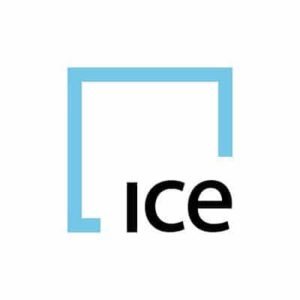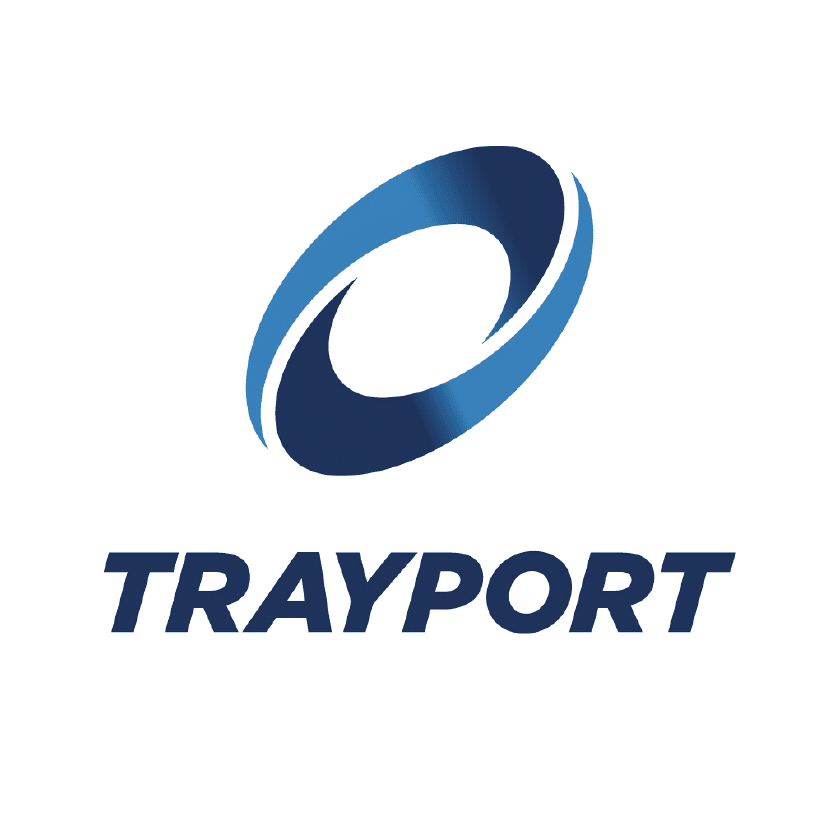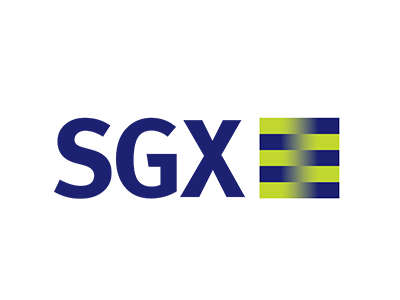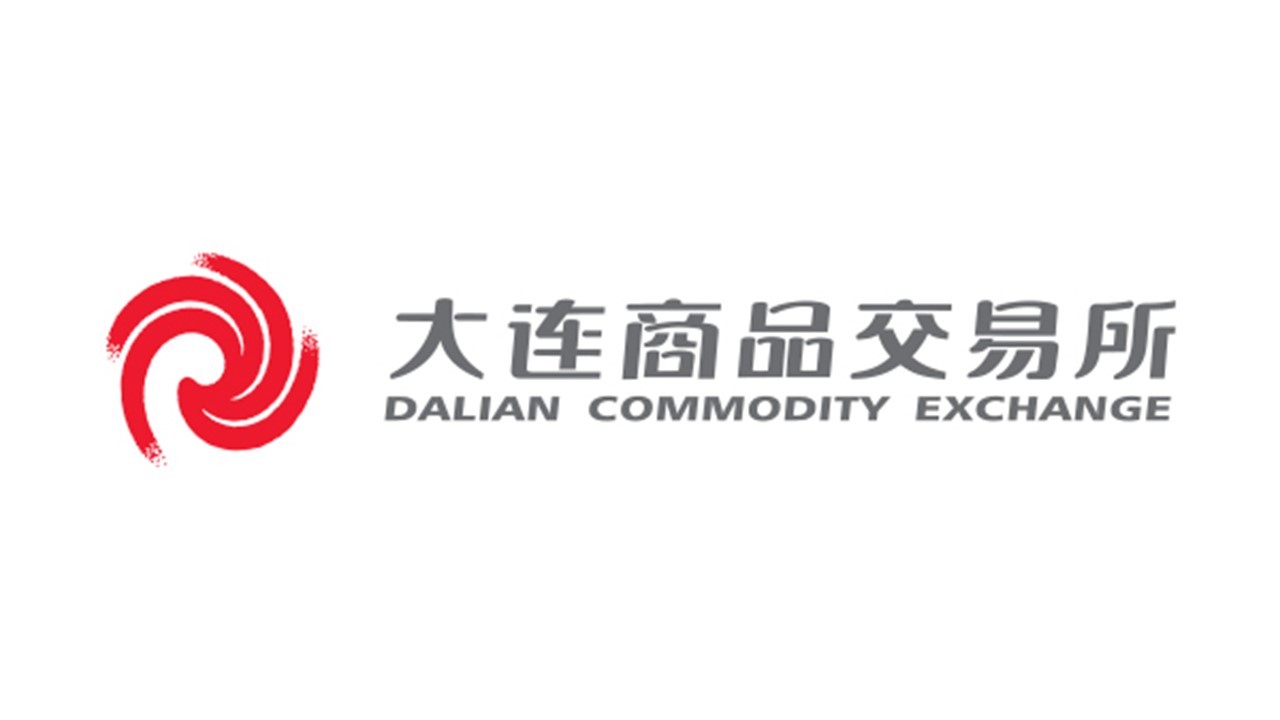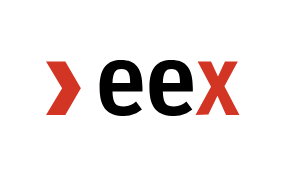K3 for Trading
Exchange Connectivity
Streamline your data flow with BroadPeak’s Exchange Integration solution
With BroadPeak’s Exchange Integration module, you can effortlessly access over 20 of the world’s largest exchanges with minimal manual coding required. Our solution, which utilizes our K3 software, is unique in simplifying the complexity of trading by providing off-the-shelf connectivity. Experience the ease of integrating diverse data formats and ensure a clean and complete data flow for your trading needs.
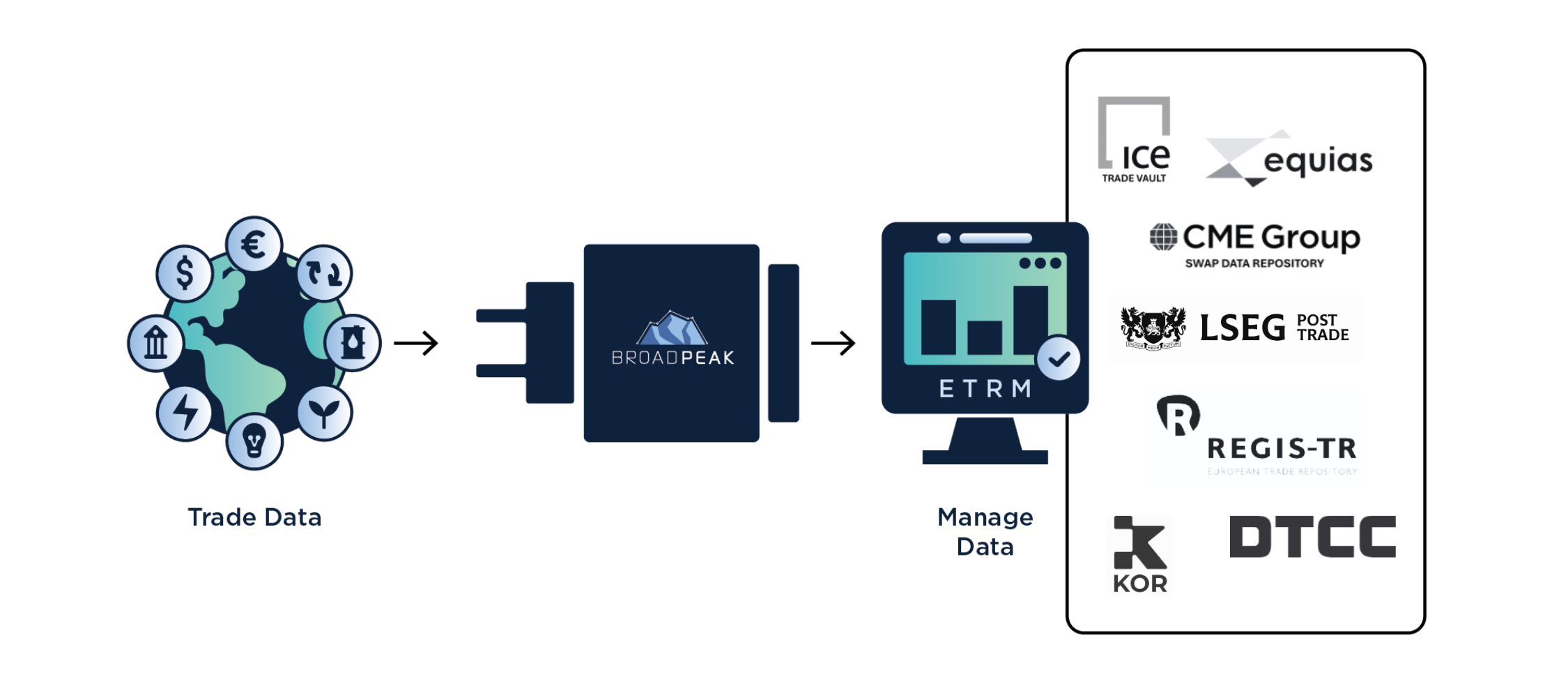
Benefits:
- Output trade data to any trading system
- Quick integration, which can be done in a matter of hours
- Re-flow trades anywhere, anytime
- Deal-sync ensures no double-booking
- Global support from exchange pros
- All exchange code changes covered by us
- 100% product coverage
K3 is capable of handling over 60,000 trades per second with ultra-low latency trade feed adaptors, ensuring flawless data management and connectivity. Its agnostic approach guarantees that your data goes precisely where it needs to be, whether it’s direct booking to a system, outputting to a folder, or queuing messages.
BroadPeak’s proactive technical maintenance and support keep you ahead of upcoming changes and give you the benefit of our extensive expertise: we have over 8 years of close collaboration with global exchanges and the ICE eConfirm team.
Exchange Partners
Trade Capture & Orders Feed Coverage:
- Intercontinental Exchange (ICE)
- CME Group (CME)
- Nodal
- Mibgas
- B3
- European Energy Exchange (EEX)***
- Euronext***
- Eurex***
- Singapore Exchange (SGX)**
- Iberian Energy Market Operator (OMIE)*
- London Metals Exchange (LME)**
- Bursa Malaysia**
- Nord Pool AS**
- Dalian Commodity Exchange**
- Zhengzhou Commodities Exchange**
* Through Trayport
** Through Trading Technologies
*** Through Trayport and/or Trading Technologies
Brokerage Partners
Trade Capture Coverage:
• OneExchange
• Calrock
• Marex
• Aegis SEF



